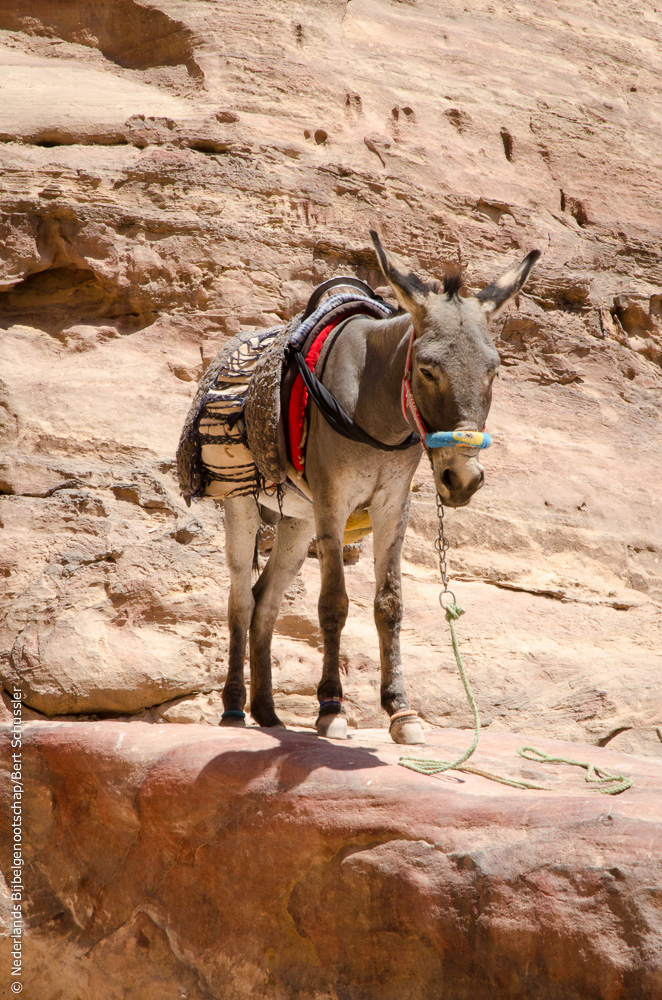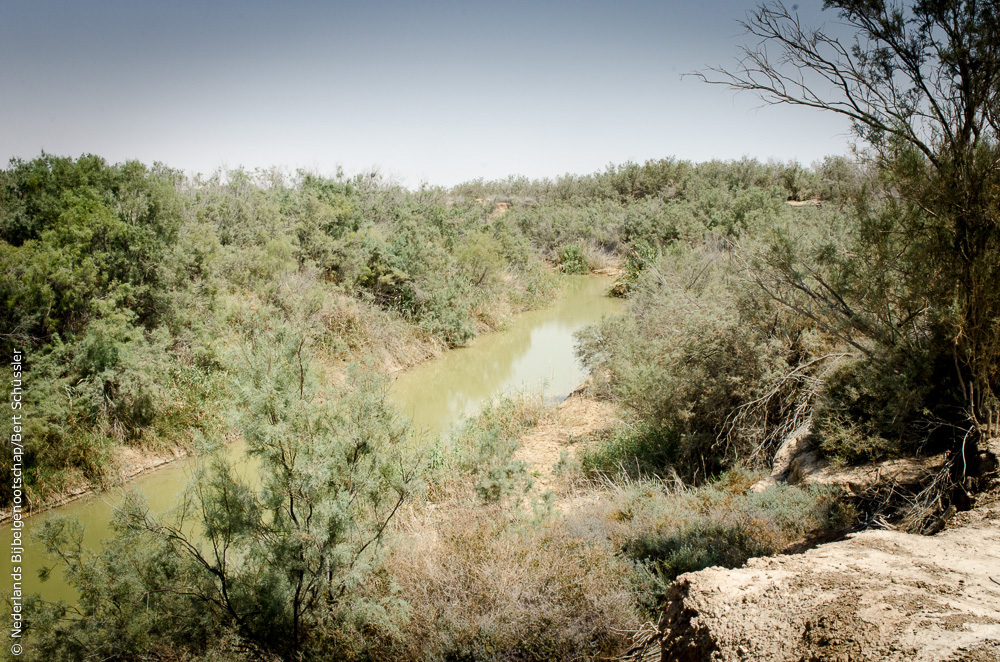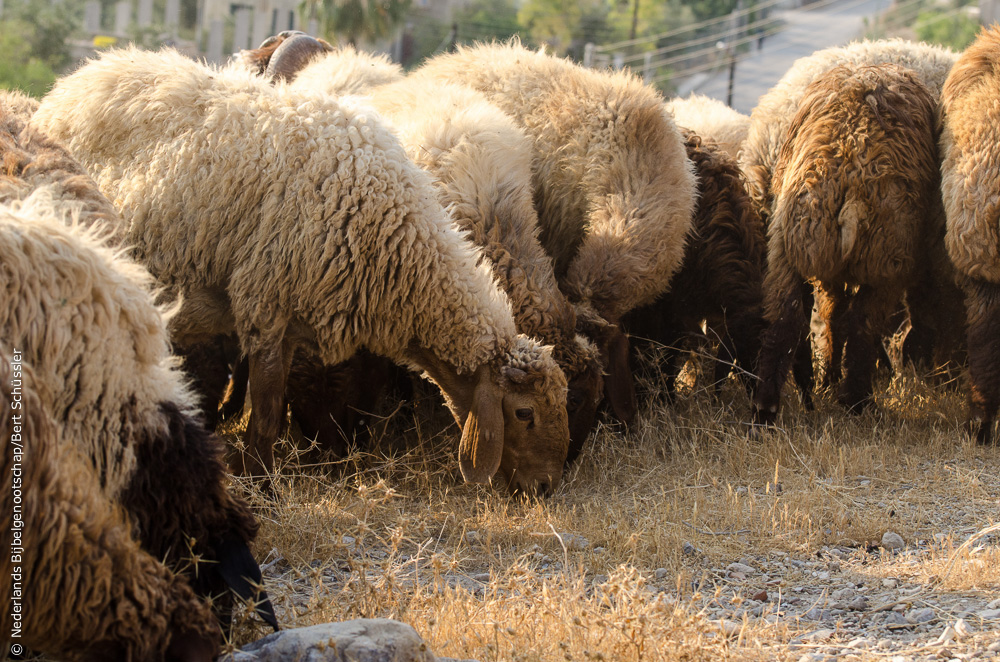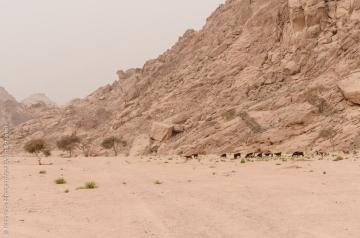Nature & Landscape
Agate
Agate is a semi-translucent stone
The stone was used for decoration on the breast pocket
Alabaster
Alabaster is a yellowish white, semi-translucent type of stone
Aloes
Aloeswood comes from a tree (aquilaria agallocha in Latin) found in the north of India, from which a precious perfume
Amber
Amber is petrified resin
The stone was used for decoration on the breast pocket
Balsam
Balsam is a fragrant resin that can be obtained from various different plants.
Beryl
Beryl is a clear, crystal-like mineral
Carnelian
Carnelian is an orange-red semi-precious stone
Cassia
Cassia is an aromatic resin
It comes from a tree which can reach a height of seven to ten metres.
Cedar
The cedar is a tree from the mountain region of Lebanon. It is not clear whether this referred to one specific type of tree or different types of wood.
Cistus Resin
Cistus resin (labdanum) is a type of resin
Cistus resin is a commodity and is mentioned, among other places, in Genesis 37:25
Colocynth
The colocynth, or gourd, is a delicate, pumpkin-like plant. It was used mainly for medicinal purposes. The plant grew in the wilderness, through the whole of the Mediterranean.
Dog
Guard dogs and sheepdogs were greatly valued in Ancient Israel. Street dogs and strays, however, were seen as dirty and a nuisance. The word “dog” therefore often has a negative connotation in the Bible.

donkey
Emerald
An emerald is a transparent, dark green precious stone
Garnet
Garnet is a transparent mineral
The stone was used for decoration on the breast pocket
Incense
Incense is a type of resin
It is unclear from which type of tree this resin was harvested in the ancient Near East.
Jasper
Jasper is a red precious stone
Jordan
The Jordan is a river that runs from the Hermon hills to the Dead Sea. In Old Testament times the Jordan formed the boundary between the land of Canaan and Transjordan. From the New Testament we know the Jordan especially as the river in which John the Baptist baptised Jesus.

Jordan
The river Jordan. This photo was taken in Jordan.
Kinneret sardine
The catch on Lake Galilee probably consisted primarily of sardines (Kinneret sardines), barbel (a carp like fish) and tilapia.
Lapis Lazuli
Lapis lazuli is an opaque, deep-blue precious stone
Mandrake
The mandrake is related to the potato and the tomato. It was regarded as a fruit that could arouse sexual desire. It therefore plays an important part in a story about Rachel and Leah.
Marjoram
Marjoram is a plant that grew almost everywhere in Israel. It is known for its cleansing properties and is also known by the name “hyssop”.
Mildew
Mildew is a plant disease which affected crops and destroyed the harvest. An outbreak of the disease was regarded as a punishment by God because of disobedience (see Deuteronomy 28:22
Morning Star
The planet Venus is usually regarded as the morning star. This planet is visible just before daybreak. Hence the morning star is used as a metaphor for the coming light of God, the light that dispels the darkness.
In the New Testament
Myrtle
Myrtle is a bush common to Israel. It is a medium-sized evergreen shrub. Myrtle branches were used when building the shelters during Sukkot
Nile
The Nile is one of the longest rivers in the world. This river originates as the “Blue Nile” in Lake Tana in Ethiopia and as the “White Nile” in Lake Victoria. These two rivers then flow to the north and merge at Khartoum, the capital of Sudan. After that the Nile flows further to the north through Egypt, emptying into the Mediterranean Sea.
Olivine
Olivine is a transparent mineral
Onyx
Onyx is a semi-precious stone
Orach
Orach is a spinach-like plant which was probably eaten as a kind of vegetable (see Job 30:4
Pomegranate
The pomegranate is the fruit of a shrub-like tree that can grow to around 20 feet (about 6 m) high. The round fruit is scarlet in colour and shaped like a star when cut open. It contains many seeds.
Precious Stones
Various precious and semi-precious stones occur in the Bible. For many of the stones mentioned in the Old and New Testaments it is not clear precisely which stone is meant.
The following stones are mentioned in the Good News Bible:
Sapphire
A sapphire is a transparent, sky-blue precious stone
Sardonyx
Sardonyx is a mineral

sheep

Sinai
Mount Sinai (or Mount Horeb) is the mountain on which God made a covenant with the people of Israel and gave them the Ten Commandments. This mountain is probably located in the Sinai Desert, which is on the Sinai Peninsula in the desert near Egypt.
Sparrow
A sparrow is a small bird that was also common in biblical times. Sparrows were caught and then sold at the market. For a small price you could buy a pair of sparrows to eat.
Spikenard
Nard is an oil or ointment with a pleasant smell, derived from the roots of a plant that belongs to the valerian family.
Nard was very precious and was used for, amongst other things, the preparations for a funeral (Mark 14:3
Topaz
Topaz is a light and transparent mineral
The stone was used as decoration on the breastplate
Valley of Hinnom
The Valley of Hinnom is referred to in different ways in the Old Testament: the Valley of Hinnom and the Valley of Ben-Hinnom (“the son of Hinnom”). These names refer to the original owners of the valley, the Hinnom family.
Wadi
A wadi is a valley with a dry river bed in a desert area, which quickly fills up with water in the rainy season.

